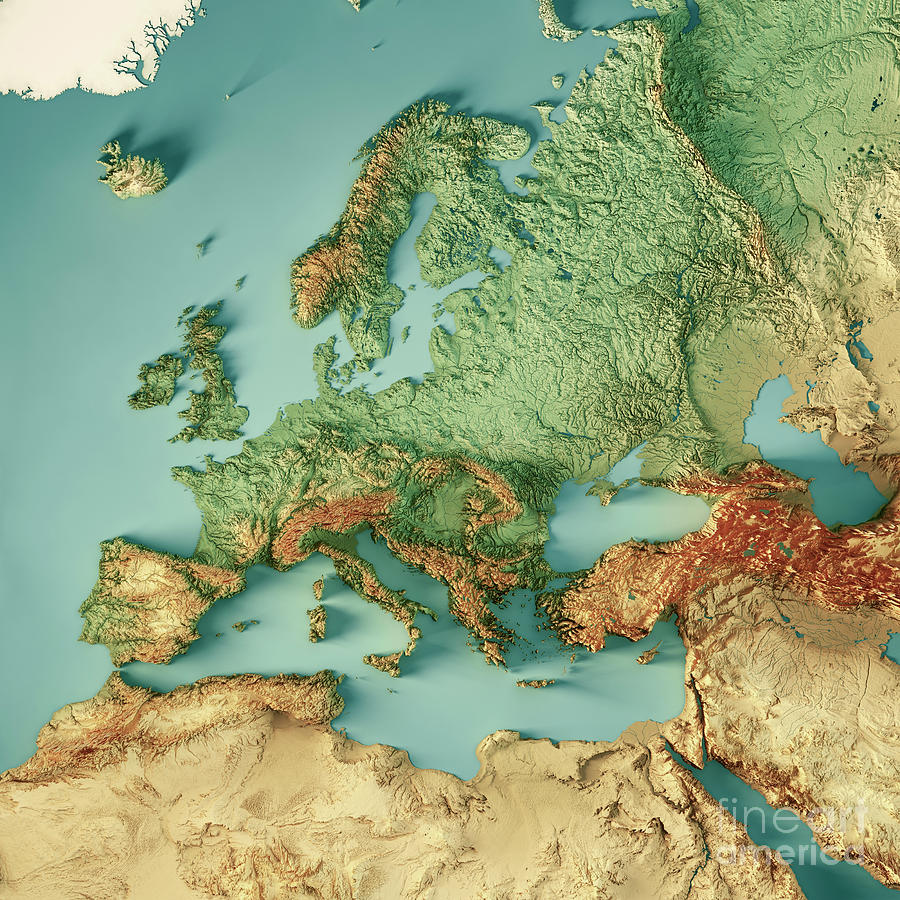Around Germany and Greece there were other countries. They went by names like frugal four and PIIGS. They forced “austerity” and stricter working hours onto indebted countries to save their own banks.
The colours on this map show well that northern “productivity” is not about working hours, but about other topics that did not get addressed. Among these topics are also tax heavens (think the Netherlands) and money laundering (think Austria’s special relationship with Russia).
So it was nothing more than poor political leadership without vision.


Do I really have to give specific examples of everything or you’re able to extrapolate yourself that you use a mix of data to dress a portrait of the situation and then you’re able to compare and see the differences between countries or regions? In the end that’s what you’re looking for, inefficiencies that can be fixed.
Hell in office jobs it’s well known that they accomplish the same amount of work in 35h in France as they accomplish in 40h in the US as they accomplish in 60h in Japan, so clearly productivity per hour is best in France.
Exactly, often workers of mental labor have a general amount of mental labor they can give to their job per week. They’ll try to get that labor done at a pace suiting themselves and attempt to look busy the remainder of the time they’re at work. That or they’ll try to push themselves and often produce subpar work after a certain point. Good workers self optimize to the best of their ability and comfort. Letting them go home once they’ve done a day’s work can actually improve productivity as they don’t have to spend mental energy pretending to work or getting frustrated they aren’t finding the solutions and instead can rest or focus on recreational tasks and return refreshed.
Last I checked, and this is as an American, 30-32 hours is a pretty good amount. But labor has the right to fight for conditions better than that.